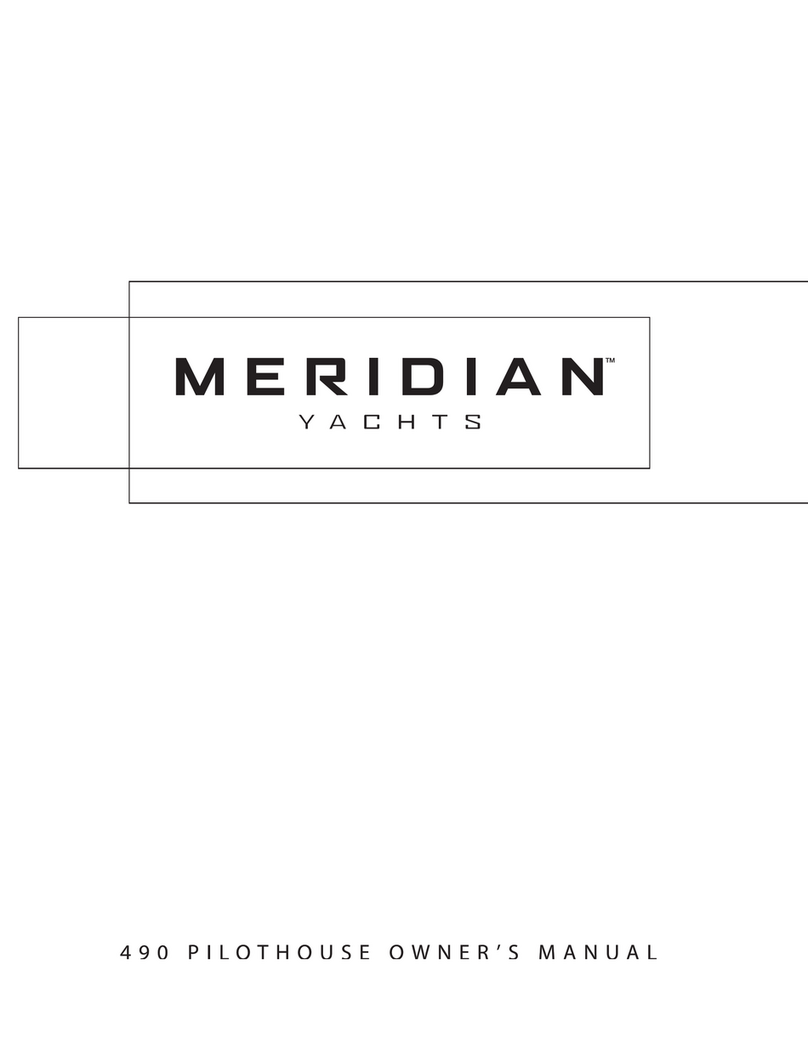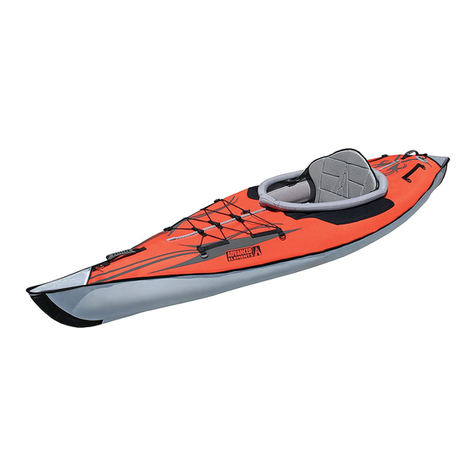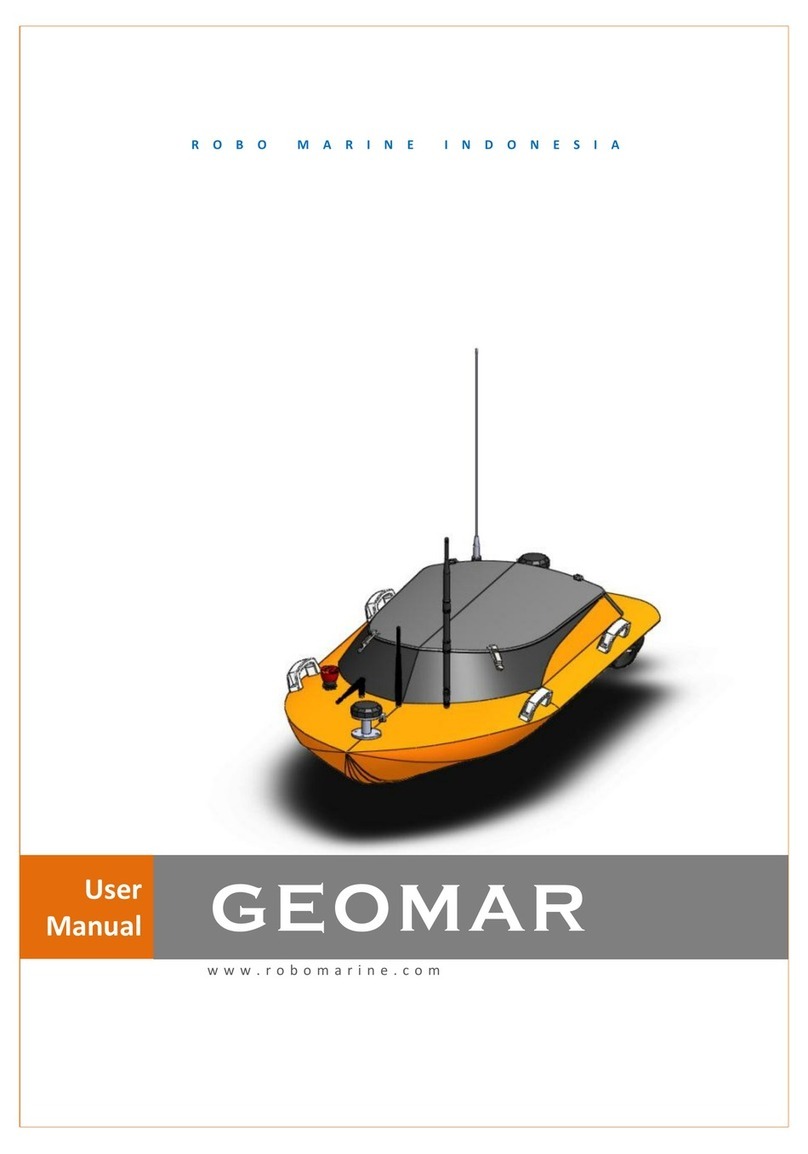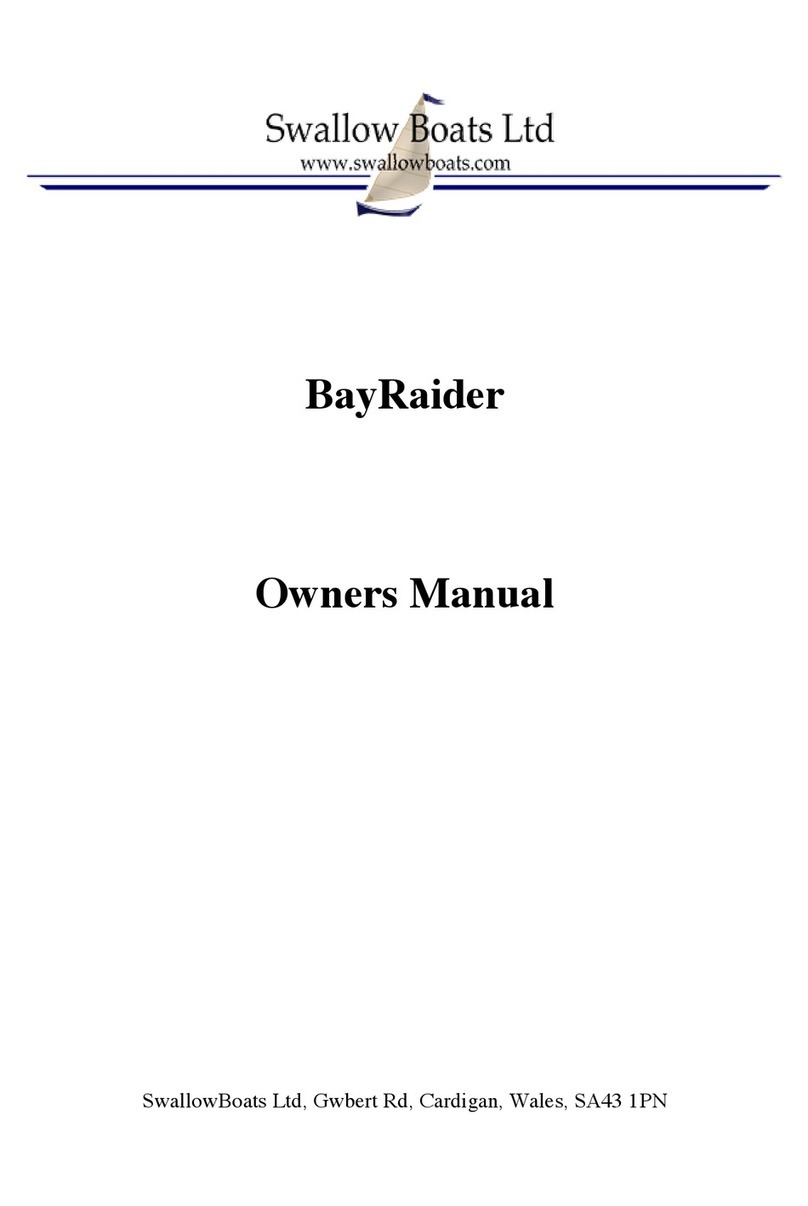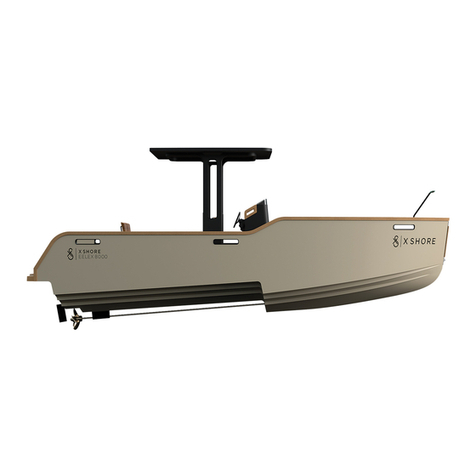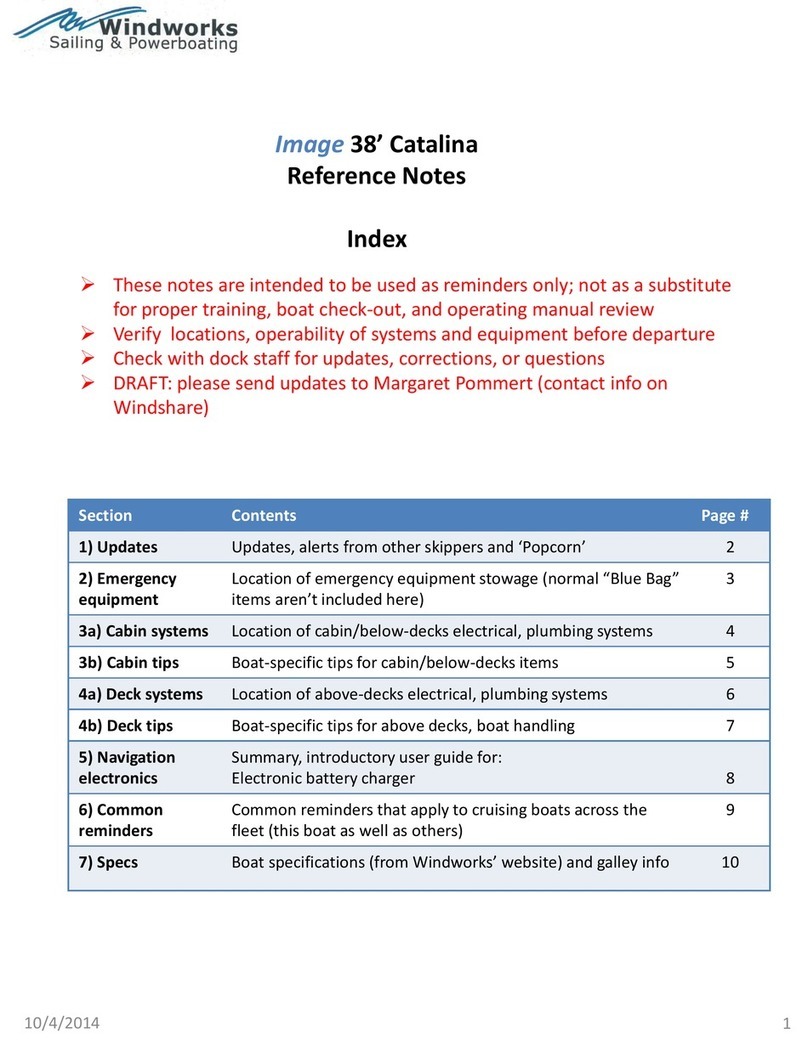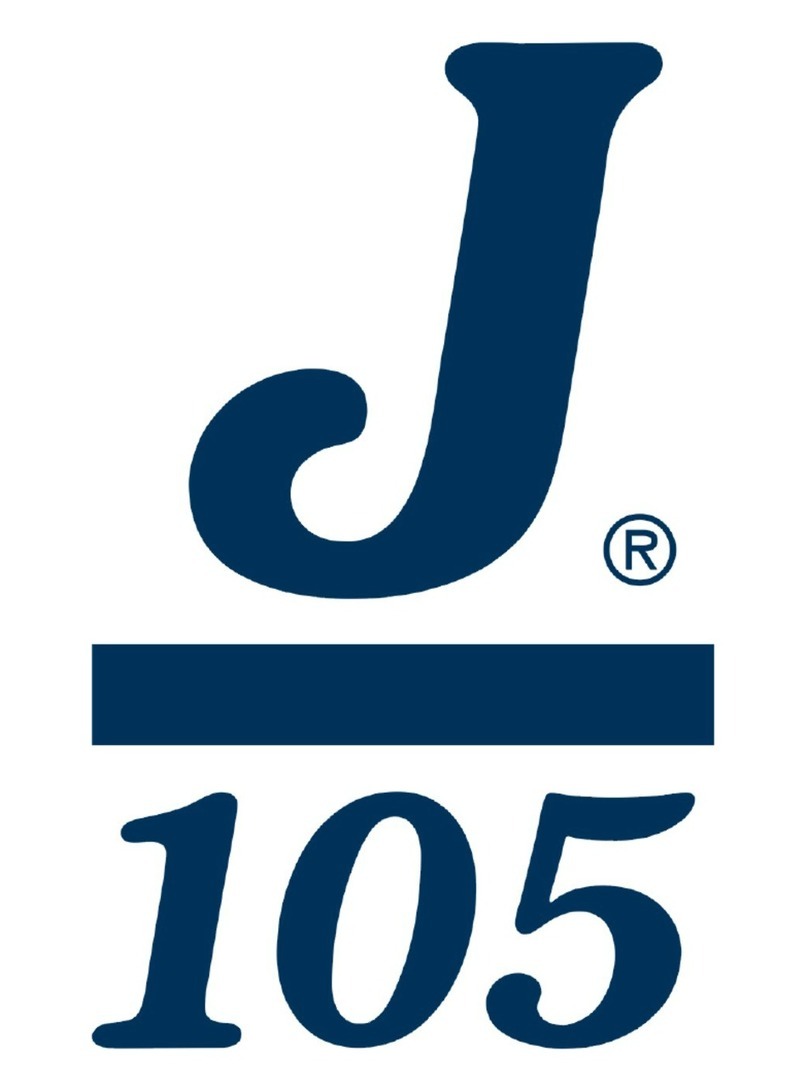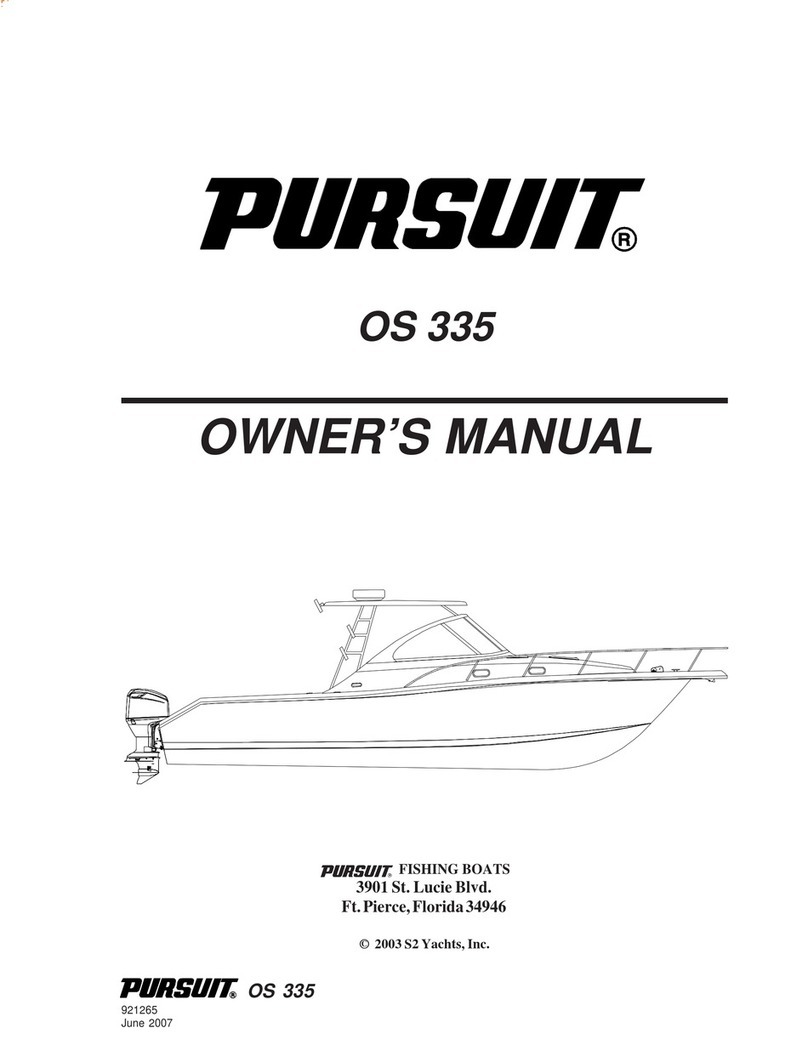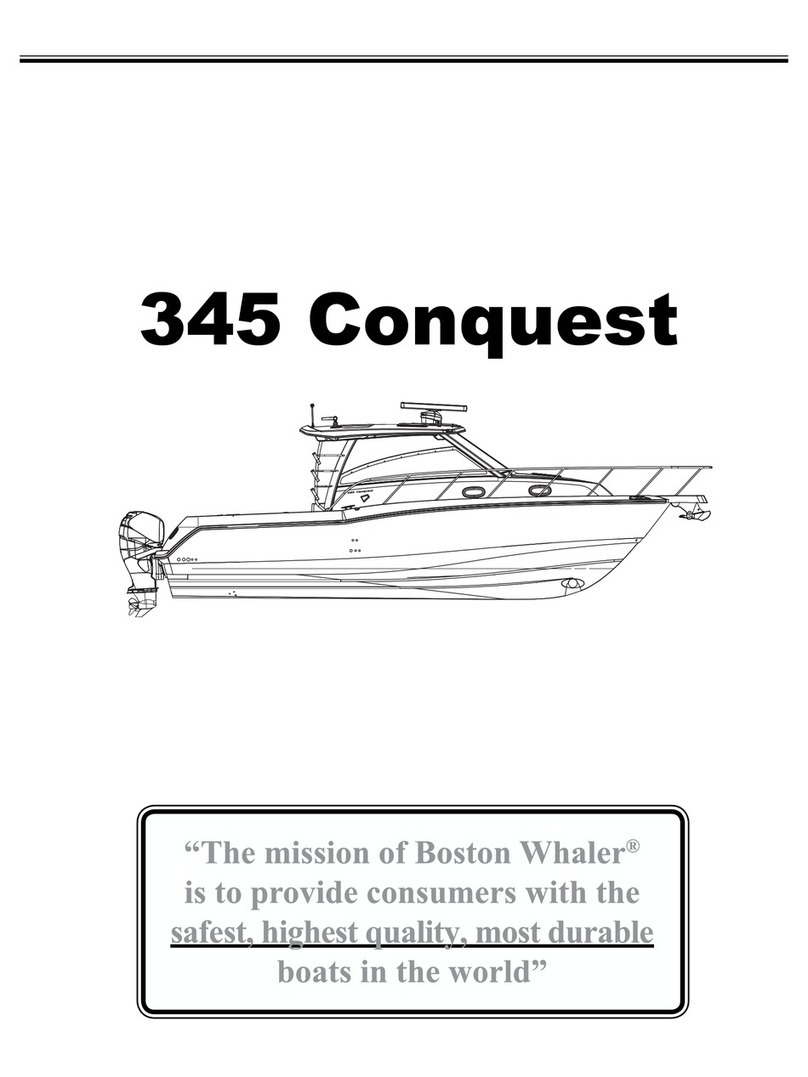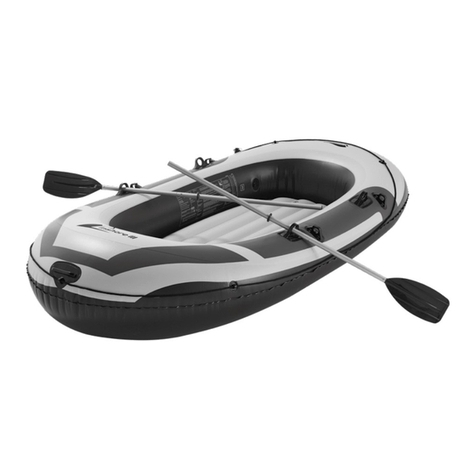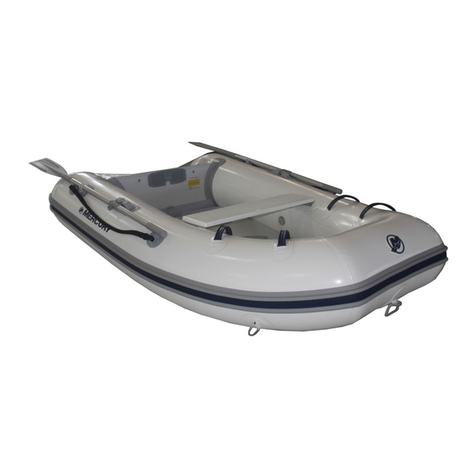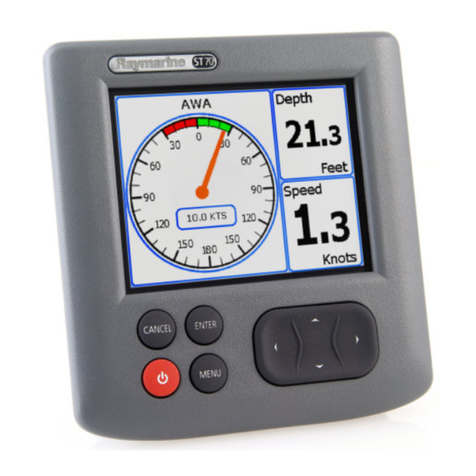
8
Docking
Have your crew ready the lines and fenders and give clear instructions on how you will be docking. Have
bow, stern and spring lines secured to Acadia and ready. Often times it is best to lead bow and spring
lines to the mid section of the boat (the fattest part) where your crew member can easily step off and
secure either one. Please do not secure spring lines to life line stanchions. Visually estimate and have
crew adjust fender heights above waterline for dock situation. After landing these fender heights may
need to be changed.
As you are coming in to dock, have your best communicator mid ships to give you distances from the
dock. It is often hard to judge how close the dock is. Calling out distances (i.e. 20 feet, 10 feet, 4 feet
etc.) will only add to a successful docking.
If you find you are too far off the dock, BACK OFF and do it again. Hint: Holding onto a mid ship
shroud, a crew member should be able to STEP onto the dock holding the spring line in one hand. Once at
the dock, engine in Neutral and boat way off, the Skipper/Helmsman can go ashore to secure the stern
dock line. INSTRUCT YOUR CREW THAT THERE WILL BE NO HEROIC JUMPING
ASHORE! Docks are often unstable and slippery and a wonderful vacation can be quickly ruined by
injuries or going overboard. If you are planning to stay dockside for awhile, retrieve dock step from
locker and set up on dock, securing step with tie line to dock cleat. Switch your starter battery OFF at
battery switch console in aft cabin after engine is shutdown.
Dinghy
Your inflatable dinghy, named Acadia 2, has a capacity of about 680 pounds (motor, equipment, and 3
adults plus a child). Be sure when towing your dinghy that one responsible individual is always keeping
an eye on its tow rope when slowing down or stopping. Bring up all the slack to prevent a wrap around
the prop. The dinghy pump is stored in the Port lazarette locker.
When rowing your dinghy to shore, use EXTREME CAUTION. Choose an area free of any large rocks
that might cause harm in beaching. Lift up on the dinghy to bring it up to higher ground. NEVER drag
it! Secure it when leaving as the tides come up very quickly.
When underway, Acadia 2 may be stowed on the removable davits mounted on the transom swim grid.
The davits are stored in the Starboard lazarette locker. The EasyLift procedure is illustrated in the
accompanying pictures (P23, P24). NEVER operate the diesel furnace with A2 stowed on the transom as
the heat from the exhaust outlet will damage it.
Fueling Up
You will need to fuel up before returning to your slip at the end of your charter. The fuel tank holds 24
gallons of diesel fuel. Before pumping, have an oil/fuel sorbs handy to soak up spilled fuel. You should
have a rough idea of the number of gallons you will need by the engine hour indicator. Your vessel uses
approximately 3/4 gal/hr. Also periodically have someone turn on the key to watch the fuel gauge. It will
read approx. ¾ filled when tank is full – marked on side of gauge. 12 gallon point is approx. start of red
line on gauge. Refill at first opportunity when gauge is in red zone!
The fuel deck cap is located Starboard aft on cockpit coaming CHECK THAT YOU HAVE THE
CORRECT DECK OPENING! Use only DIESEL! Do not add water or pump-out at the same time you
are fueling. Your deck fitting key is located in center cockpit console (Locker 16).
Place the DIESEL nozzle into the tank opening, pump slowly and evenly, and note the sound of the fuel
flow. Pumping too fast may not allow enough time for air to escape, which may result in spouting from

